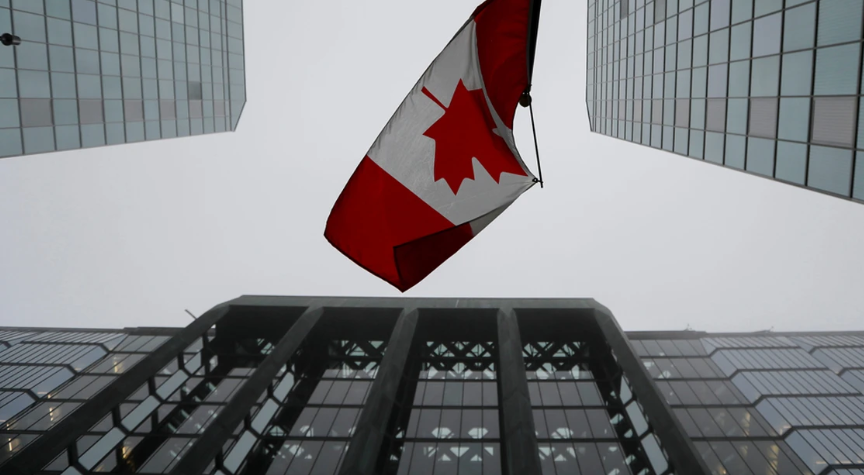Engine diagnostics or GPS only tracking: Which is better?
We explain diagnostic tracking and why you need engine diagnostics. Also - learn how Ferris Bueller is related to odometer.


Diagnostic or non-diagnostic GPS asset tracking. Which one is better? You may have heard about the benefits of each. This post sets the record straight on why you need true engine diagnostics.
Diagnostic vs. Non-Diagnostic Fleet Vehicle Tracking
Here is the difference between diagnostic and non-diagnostic tracking for fleet vehicles.
Diagnostic Fleet Tracking with an OBD-connected telematics device will give you critical engine data from the vehicle, including fuel usage and fill-ups, engine diagnostics, and engine faults (DTCs), plus seat belt, real odometer, and accurate idling.
Examples of data collected* with diagnostic tracking:
- Actual Odometer from engine
- Actual Engine hours from engine
- Check Engine light on
- Engine faults (fault code data)
- RPM
- Seat belt use
- Fuel level
- Total fuel used and Total fuel used when idling
- Coolant temperature
- Ignition detect
- True idling
*Recorded if supported by vehicle.
Having access to engine diagnostics benefits a company in several important ways. First, by tracking fuel efficiency and idling, you can reduce fuel costs. Next, by monitoring engine faults, you can detect and respond to problems early, before they lead to costly downtime or potential safety issues.

Non-diagnostic is when the GPS tracking device is not plugged in to the on-board diagnostics (OBD) port of the vehicle. The device could be connected directly to the vehicle battery and track movement by means of a GPS receiver.
What you get from non-diagnostic:
- Basic GPS location
- Speed
- Acceleration
- Geofence monitoring
With non-diagnostic GPS tracking, you can track trip progress and other basic details.
What You’re Missing with Non-Diagnostic
Do you really need engine diagnostics? Well, you could rely on drivers to phone in when the engine light comes on. But what if they get too busy and forget to report? If there is a problem that’s affecting the engine negatively, that could put unnecessary wear and tear on the vehicle, leading to higher repair costs later on — and could also cause a safety concern.
A telematics system with support for remote diagnostics, like Geotab, will send you an alert when an engine fault occurs, along with a detailed report, recommended actions, and nearest service location. Read how remote diagnostics works.
When you’re looking at diagnostic and non-diagnostic fleet tracking systems, it really comes down to data accuracy.
To illustrate the point, let’s take a look at two measurements: odometer and idling.
Real Odometer
There is a clear difference between an odometer reading from a non-diagnostic or a diagnostic connection, especially from a maintenance standpoint.
Do you remember in the movie Ferris Bueller’s Day Off where Cameron tries to roll back the odometer in his father’s 1961 Ferrari 250 GT by running it in reverse? In this case, the car is sitting in one spot, revving at full, wheels turning and engine churning. Even though the GPS says it’s not moving, the odometer is increasing, right? So, the engine itself is actually still getting used. And when it comes from a mechanic’s point of view or maintenance, it’s important to know what the engine has actually gone through.
When you don’t have a diagnostic connection, you’re estimating odometer from the GPS record of where the vehicle has been and how much it drove. You’re not getting the actual engine to tell you its odometer value.
GPS is actually a reliable metric for speed and latitude-longitude and other measures like that. In most cases, it works, but there are situations that can change the actual odometer of the engine.
Picking up the odometer off the engine is a much more reliable and an actual real metric, when it comes down to the maintenance time of the vehicle (how much it’s driven and how old it is).
Idling and True Idling
Idling from a GPS perspective is adequate. It will tell you that the vehicle is sitting in place. However, in some cases, there could be outside forces affecting the battery. So, you won’t get a real look into idle.
In the diagnostic scenario, you can use the spectrum of data to determine whether vehicles are actually wasting fuel and time or if they are being used at a job site but just not moving. By combining RPM with the other data, you can actually see that the vehicle is idling. In addition, you’d be able to separate true idling from operational idling (e.g. cranes, vocational vehicles, or truck connected to a pressure washer in use, etc.).
From a business perspective, measuring idling accurately means you can target those costly cases of true idling that are impacting profitability. To learn how about managing fleet idling in MyGeotab, read this post.

GPS Tracking with Geotab
The Geotab open platform fleet management solution includes a vehicle tracking device that connects to the vehicle’s OBD port or with an adapter. We have engine integration that provides high quality recording of engine diagnostics, faults, and much more information on the health and running of vehicles.
Geotab’s uniqueness comes from our broad support for engine data. Some companies license data. Geotab has one telematics device that reads multiple protocols, old and new.
We also maintain a reverse engineering platform. Whenever there is a new vehicle, we figure out how to connect with it. What this means is that fleet managers can monitor and set rules for all their vehicle and truck information from one platform.
Conclusion: Seek Rich, Quality Data
Bottom line, accurate readings can’t be taken from a vehicle’s engine without an OBD connection. This means that you’re missing out on valuable information such as, engine faults, RPM, seat belt use, fuel level, coolant temperature, and more.
Having access to vehicle engine data can help reduce the likelihood of an accident or breakdown, saving money and possibly lives in the process. Although GPS data is useful and important, an OBD connection to a vehicle is imperative to get the full benefits of what the vehicle itself is able to give you.
The Geotab GO device has been strategically built to receive and track engine data to better protect and serve its users. Through its pillars of productivity, compliance, safety, expandability, and fleet optimization, Geotab has become a leader in the movement towards accurate vehicle data in the telematics industry.
The takeaway is that for fleet management, it’s important to choose a platform that collects both diagnostic and non-diagnostic data. Without the engine diagnostics, you really don’t have visibility of what’s going on in the vehicle.
Learn more about GPS tracking:
How the Curve Algorithm for GPS Logging Works
Subscribe to get industry tips and insights

Jordan Guter is the Vice President of Solutions Engineering at Geotab. He leads the charge for developing solutions within the Geotab ecosystem to fulfill complex customer requirements.
Table of Contents
Subscribe to get industry tips and insights
Related posts


Field service is losing money to bad data: Go beyond GPS with smarter telematics
June 27, 2025
3 minute read

Unlock field service ROI: Your practical guide to connected operations playbook
June 9, 2025
3 minute read

Multi-stop route planners: A fleet manager's guide + best tools in 2025
June 5, 2025
5 minute read


Neil Cawse: Lack of appetite for risk is holding the Canadian economy back
May 12, 2025
2 minute read